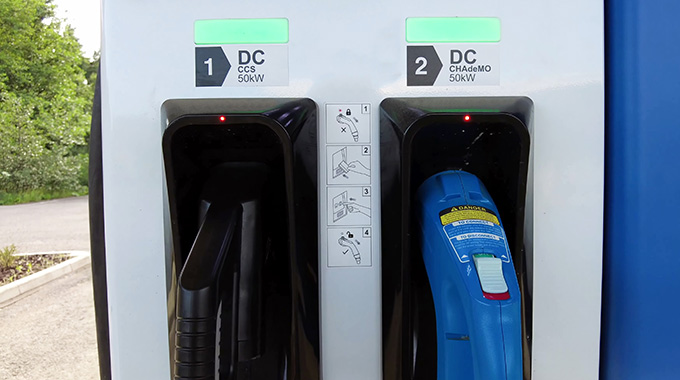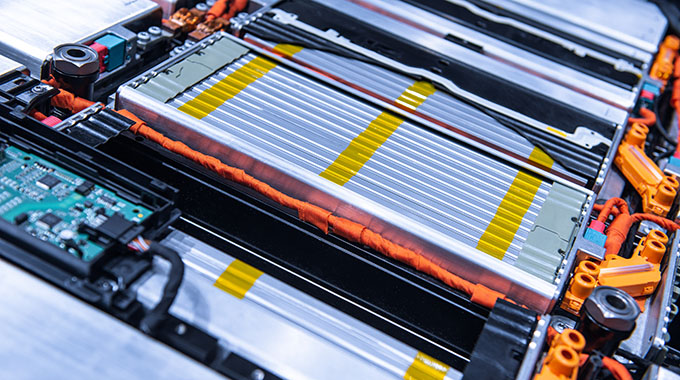Electric vehicles or EVs are growing in popularity, but new models can be pricey. For many, buying a pre-owned model is a more affordable way to go electric.
As the number of new EVs sold has risen, so too has the number of used EVs going on the market. Market analyst Cox Automotive expects annual new EV sales in the U.S. to hit 1 million for the first time in 2023, and they estimate that used EV sales in the U.S. grew 32% in the first quarter of 2023.
If you’ve decided to buy a used EV, the process is a lot like buying any used car. Ultimately, you want to find a vehicle you like at a fair price for its age and mileage. Though, a few things are different for battery electric vehicles, such as range considerations, battery wear, and warranties. We look at what those differences mean in practice when shopping for a used EV.









